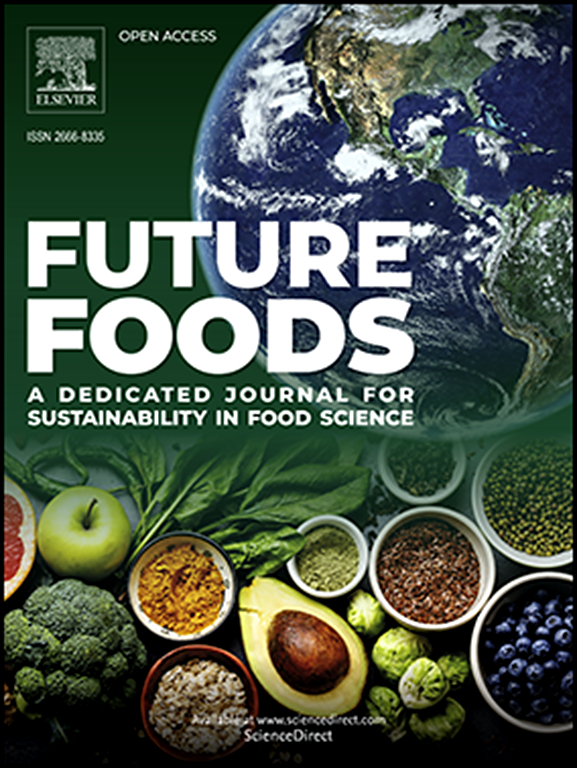Current challenges, and potential solutions to increase acceptance and long-term consumption of cultured meat and edible insects – A review
IF 7.2
Q1 FOOD SCIENCE & TECHNOLOGY
引用次数: 0
Abstract
Novel alternative proteins have been in the spotlight due to increased awareness and desire to improve the sustainability of global food consumption. However, consumers still do not widely accept alternative proteins due to their inferior product quality compared to animal meat, and novelty. The adoption of these alternative proteins by consumers largely depends on its sensory appeal. Sensory attributes like appearance, odour, taste, and texture shape consumer perception and purchasing decision of meat substitutes. Likewise, non-product barriers such as familiarity, neophobia, cultural context, and government regulations influence consumer acceptance. This review will provide a consolidated update on the current challenges faced by cultured meats and insects, two upcoming and trending alternative proteins, and give a holistic view of consumer acceptance in terms of product quality as well as external non-product barriers. The first part of the review will provide an overview of each protein type, followed by discussion on their product- and non-product barriers to consumer acceptance. Lastly, recently proposed solutions to overcome the barriers will be consolidated and evaluated. To overcome product-related barriers, various solutions have been proposed, including 3D-printing technology and fermentation. Similarly, non-product barriers can be mitigated through policies, education, and framing theory. Despite notable developments, achieving parity with animal meat is still a work in progress. Suggestions on future research directions to bridge the gap in quality of cultured meat and edible insects, as well as understanding consumer perceptions and motivations behind adopting these novel proteins into habitual diet were provided.

求助全文
约1分钟内获得全文
求助全文
来源期刊

Future Foods
Agricultural and Biological Sciences-Food Science
CiteScore
8.60
自引率
0.00%
发文量
97
审稿时长
15 weeks
期刊介绍:
Future Foods is a specialized journal that is dedicated to tackling the challenges posed by climate change and the need for sustainability in the realm of food production. The journal recognizes the imperative to transform current food manufacturing and consumption practices to meet the dietary needs of a burgeoning global population while simultaneously curbing environmental degradation.
The mission of Future Foods is to disseminate research that aligns with the goal of fostering the development of innovative technologies and alternative food sources to establish more sustainable food systems. The journal is committed to publishing high-quality, peer-reviewed articles that contribute to the advancement of sustainable food practices.
Abstracting and indexing:
Scopus
Directory of Open Access Journals (DOAJ)
Emerging Sources Citation Index (ESCI)
SCImago Journal Rank (SJR)
SNIP
 求助内容:
求助内容: 应助结果提醒方式:
应助结果提醒方式:


